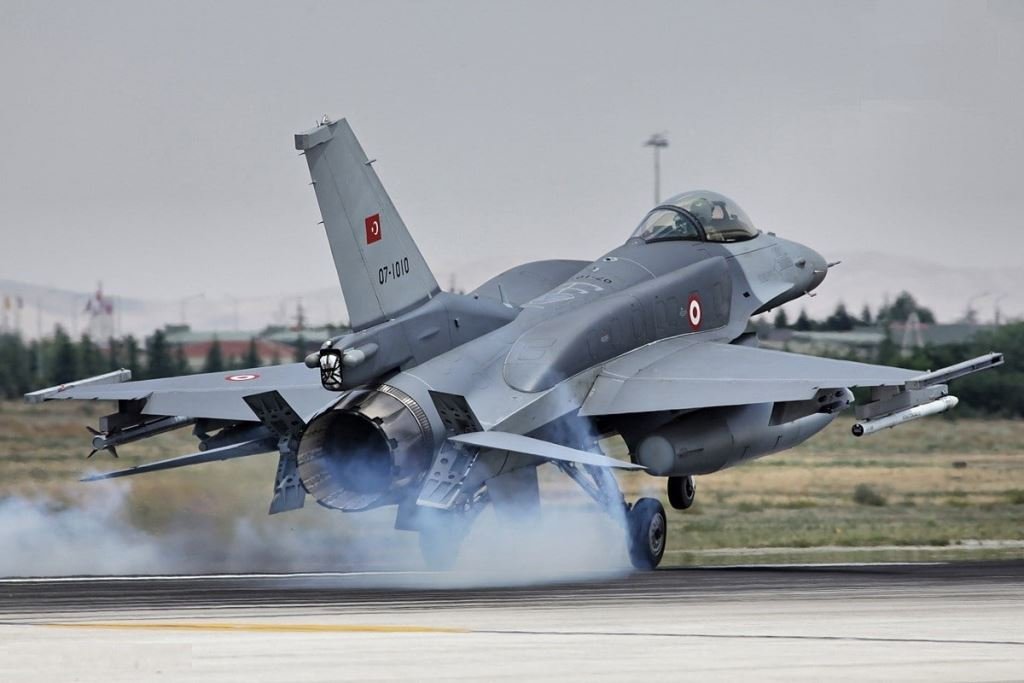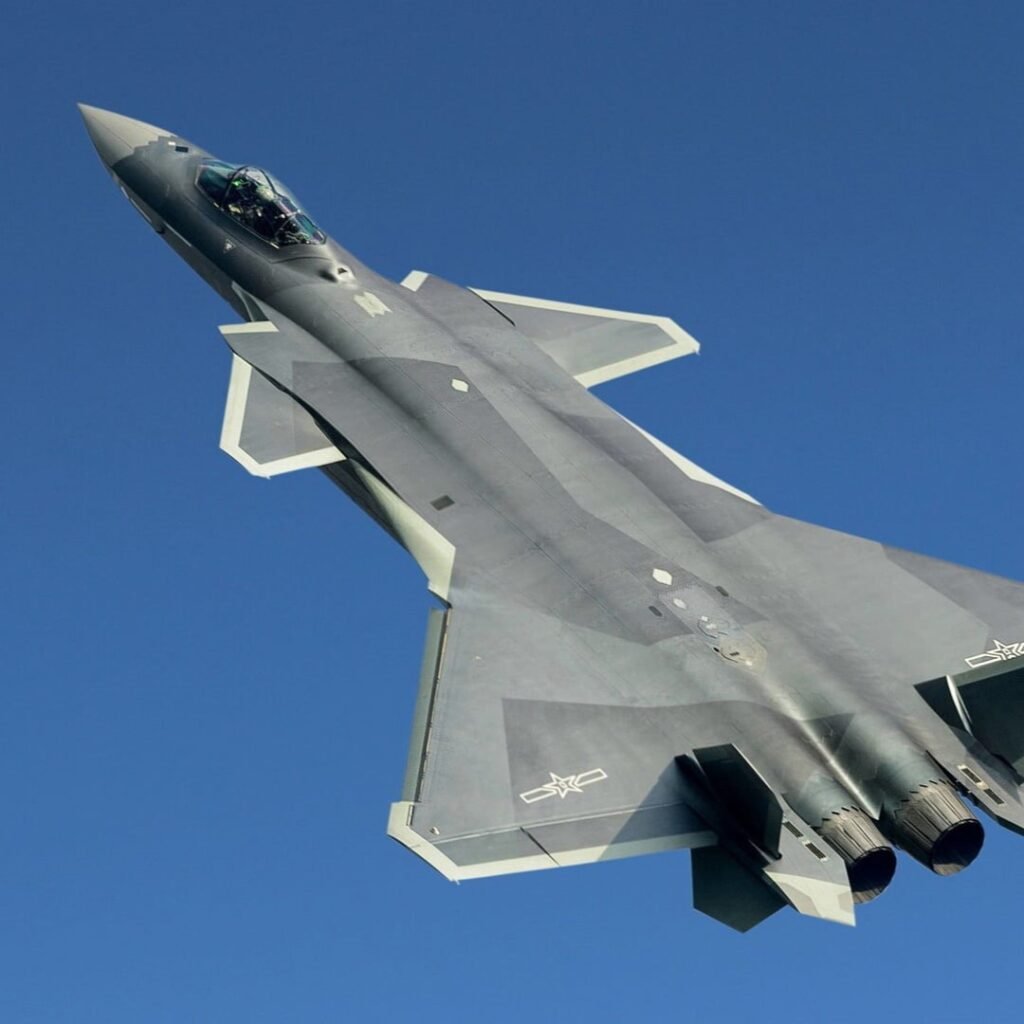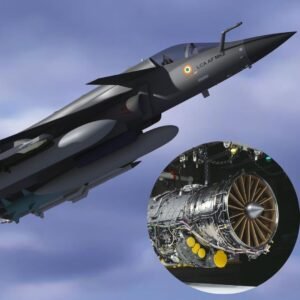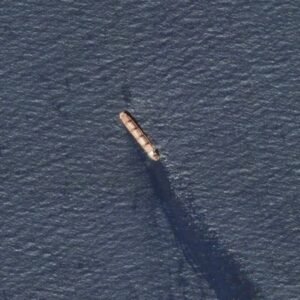China’s Chengdu J-20 stealth fighter, also known as the “Mighty Dragon,” is being primed for potential confrontations with Taiwan’s newly upgraded fleet of F-16V “Viper” jets. This development comes amid increasing military activity and rising tensions across the Taiwan Strait, as Beijing continues to assert its dominance in the region.
The J-20’s Capabilities

The J-20, a fifth-generation fighter jet, represents a significant leap in China’s military aviation capabilities. Designed for air superiority, it features advanced stealth technology, long-range missile systems, and cutting-edge avionics. The J-20 is equipped with PL-15 long-range missiles and PL-9 short-range missiles, providing it with a formidable offensive capability. Its stealth design makes it difficult for enemy radar systems to detect and track the aircraft, enhancing its survivability in contested airspace.
Taiwan’s Response: The F-16V Upgrade

In response to the growing threat posed by the J-20, Taiwan has embarked on a comprehensive upgrade of its air force. The Republic of China Air Force (ROCAF) has recently completed the modernization of its fleet of F-16A/B fighters to the F-16V standard under the Peace Phoenix Rising program. This $4.5 billion initiative includes the enhancement of 139 F-16s with advanced avionics, the AN/APG-83 Scalable Agile Beam Radar (SABR), and AIM-9X Sidewinder missiles. These upgrades significantly boost the jets’ air-to-air and air-to-ground capabilities.
Taiwan has placed an order for 66 new F-16V jets to further strengthen its air defenses. These new aircraft, coupled with the upgraded fleet, are expected to enhance Taiwan’s ability to counter the advanced capabilities of the J-20. However, the acquisition program, which costs around $8 billion, has faced delays, adding pressure on Taiwan’s defense readiness.
Al-Qassam Brigades Launch Large Attack on Israeli Sites from Lebanon – Click Here
Strategic and Tactical Implications
The escalating arms race in the Taiwan Strait has significant strategic and tactical implications. While the F-16V boasts superior radar and missile systems, the J-20’s stealth and long-range engagement capabilities present a formidable challenge. Experts suggest that in beyond-visual-range (BVR) combat, the J-20’s stealth and advanced radar systems could allow it to engage Taiwanese F-16Vs before they even detect its presence. This asymmetry could significantly impact the balance of power in the region.
On the other hand, the F-16V’s infrared search and track (IRST) systems are designed to detect and track stealthy targets like the J-20, potentially mitigating some of its advantages. In close-range dogfights, the F-16V’s maneuverability and advanced missiles, such as the AIM-9X, could provide it with a fighting chance against the J-20. However, the increasing use of high off-boresight missiles makes such engagements highly dangerous for both sides.
The preparation of China’s J-20 for a potential showdown with Taiwan’s F-16V highlights the intensifying military competition in East Asia. As both sides continue to enhance their air combat capabilities, the risk of miscalculation and conflict increases. Taiwan’s efforts to upgrade its air force are a crucial part of its strategy to deter aggression and maintain a balance of power. However, the numerical and technological superiority of China’s People’s Liberation Army Air Force (PLAAF) poses a significant challenge to Taiwan’s defense posture.
Read More: GE-F414 Engine Deal: HAL Pushes for March 2025 Completion.













